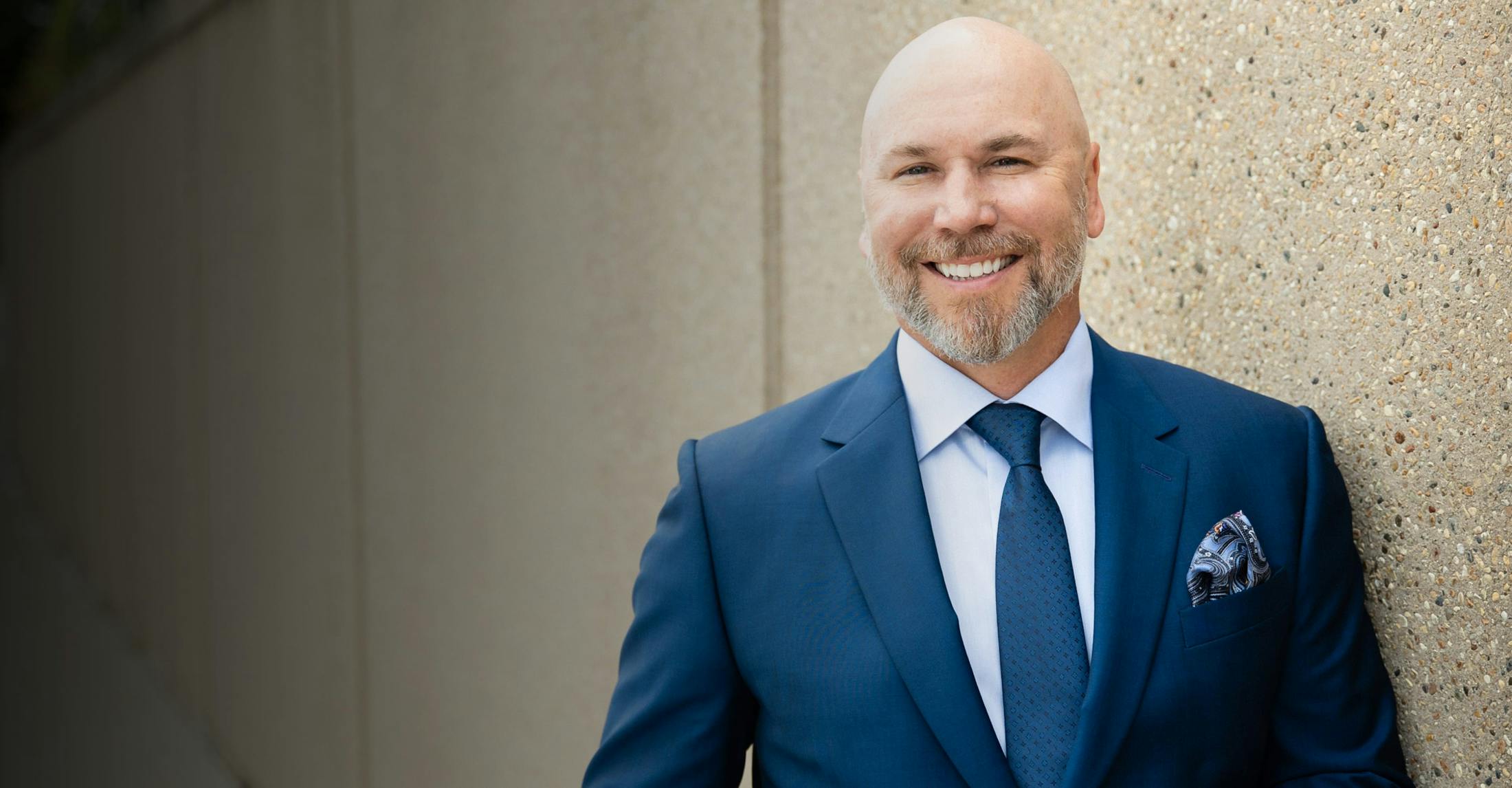Discover how ear surgery can enhance your appearance and boost your self-confidence.
What is Ear Surgery (Otoplasty)?
Ear surgery, or otoplasty, is designed to reshape and reposition the ears for a more balanced and aesthetically pleasing appearance. It commonly addresses ear-related concerns, such as prominent or protruding ears, ear deformities, torn or stretched earlobes, and other irregularities. Otoplasty in Chicago can be performed on both children and adults and is aimed at enhancing self-confidence, reducing self-consciousness, and improving the overall harmony of facial features.













